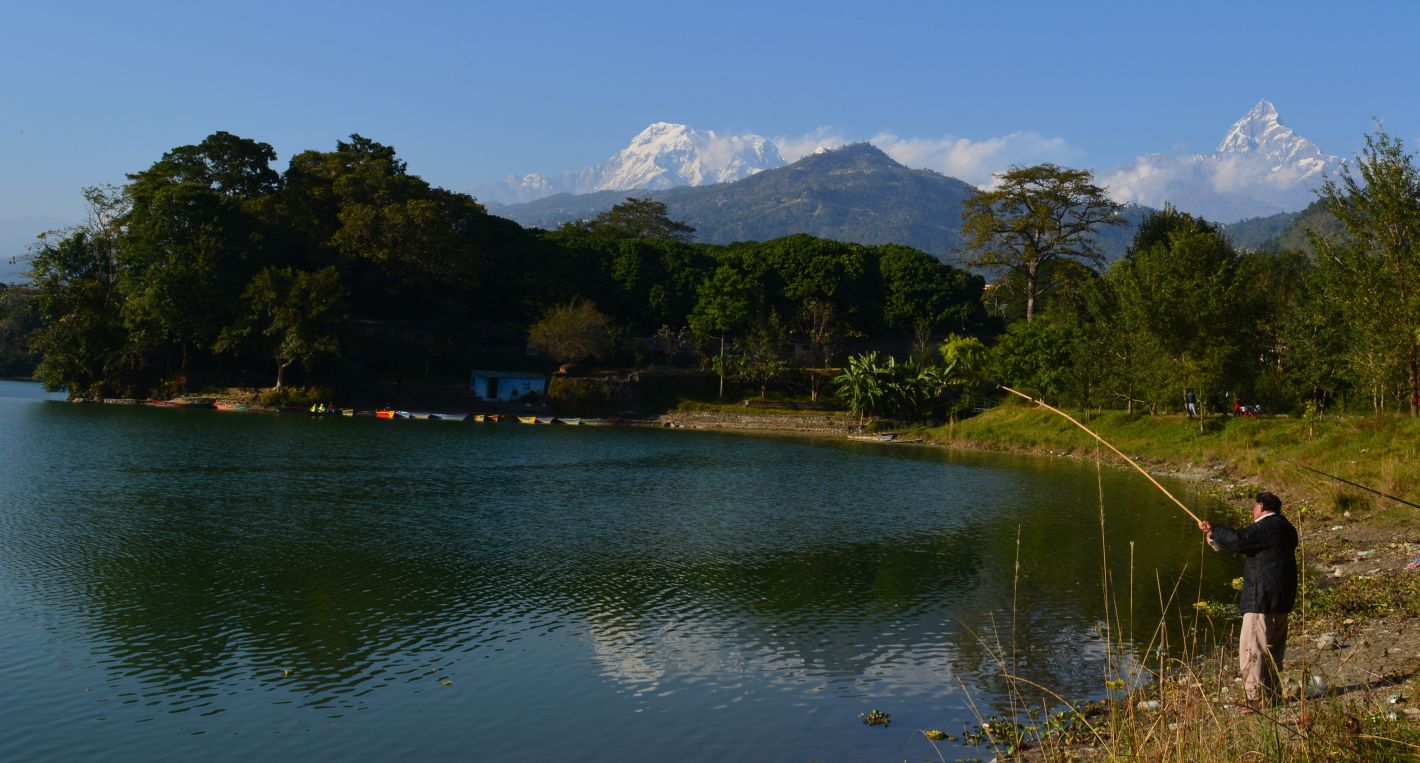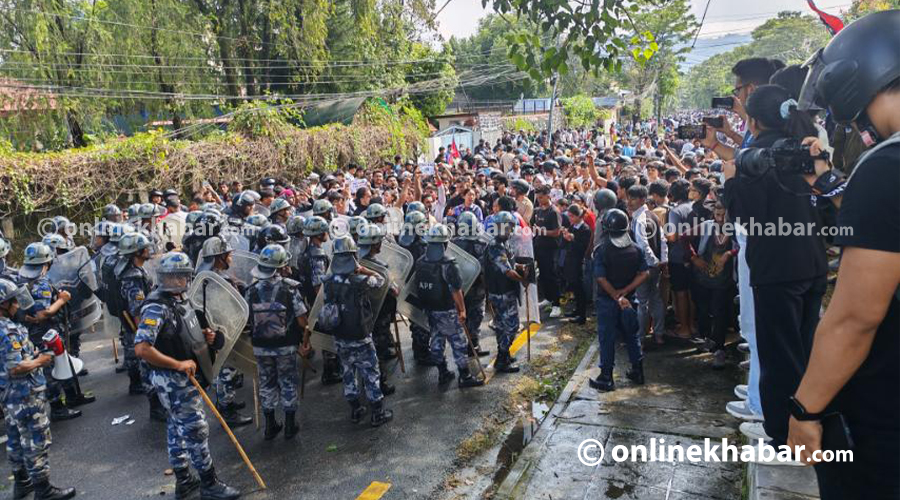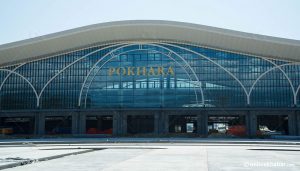Pokhara, a mesmerising place just 200 km west of Kathmandu, is on the bucket list of, most probably, every traveller. The city is known as the city of mountains and beautiful lakes, making it a tourist hub for national and international tourists. Though small, the city, also known as Nepal’s tourism capital, has a lot to offer.
Most of the places in Pokhara can be travelled in a day, but it is best if you take time to experience the city’s one element at a time. So, whether you are in a rush or you are a first-time traveller, here are a few must-visit destinations to travel in Pokhara:
1. Phewa lake
The Phewa lake, also spelt as the Fewa lake, is the most popular and most visited lake in Pokhara and in Nepal. What many might not know is that the lake, located in the southern part of Pokhara, was previously known as Baidam Lake.

It is the second-largest lake in the country. The lake is also a famous destination for having a temple at its central part, Tal Barahi Temple. The lake is also renowned for being a point where one can see the reflection of Mount Machhapuchhre as well as Annapurna and Dhaulagiri ranges on its surface.
With water sports, fun parks, and lakeside hotels, restaurants and bars, the ambience of the lake and the vibrant attractions around it pull in people so much so that people spend the whole day or evening there.
2. Devi’s Fall
Devi’s Fall or Davis Fall today has become one of the major attractions of Pokhara with a park. It is a waterfall with a 500-foot-long underground tunnel. The best time to visit the place is the monsoon when the water level is high.
It is also called the Patale Chhango, which means underworld waterfall. One can enjoy the view of the waterfall going underground from Gupteshwor Mahadev cave, situated across the street of Devi’s Fall. Both the landmarks are popular, separately and together.
3. Mahendra cave
Named after the former king Mahendra Bir Bikram Shah, the Mahendra cave is a large limestone cave in Pokhara. It is a 125-metre-long passage, attracting thousands of tourists every year. It is made from limestone, and when it falls to the ground, it forms electrical sparks. Because of this, it is also considered one of the adventurous activities to do in Pokhara.
4. Bat cave
Nearby is the Chamere (Bat) cave, as it is filled with the nocturnal mammal. Due to darkness, tourists get a torchlight to observe the bats. The exit of the cave is the one that is considered adventurous, as the gap is narrow and it boosts one’s adrenaline as they attempt to go out from there.
5. Sarangkot/Sarankot

Among the many popular sites in Pokhara is also Sarangkot. It is a hill on the west of Pokhara with a view tower at the height of around 1600 m above sea level. Sarangkot is known for its mesmerising landscape of Pokhara, with Phewa lake, and the mountains range including peaks like Dhaulagiri, Annapurna and Manaslu.
Sarangkot is one of the best paragliding locations in the world, so many tourists travel there for paragliding as well as the beautiful sunrise over the Annapurna range. One can walk or take a cab to reach the top, they can also experience the local village life on the way.
7. International Mountain Museum
Pokhara has many thematic museums, a popular one is the International Mountain Museum. The entire place is one big exhibition of themes related to the mountains of Nepal, its history, mountain climbing, mountaineers, cultures and lifestyle of the people living in the mountains.
The museum consists of three parts, Hall of Great Himalayas, Hall of Fame, and Hall of World Mountains. It is spread across an area of 4,000 sq metres. The museum also exhibits a variety of flora and fauna that one can find in the Himalayan region of the country.
6. Gurkha Memorial Museum
Another thematic and popular museum of Pokhara is Gurkha Memorial Museum. It was established in the memory of the brave Gurkhas and focuses on the rich history of the Gurkha warriors who were a part of the British Army and the Indian Army.
As one enters, they will be greeted by vintage pictures and coins and souvenirs from the past. On the two floors, one can see the background story of the Gurkha warriors along with their lifestyle and their journey and achievements. Along with that, one can also see the uniforms, medals–including the highest bravery medals such as Victoria Cross– and khukuris as well as other military ensembles.
8. Seti Gandaki Gorge
The Seti Gandaki or just the Seti is a river of western Nepal. It gets the name for being white (seto) in colour. It rises from the base of the Annapurna range and flows southeast past Pokhara.
Near the Gurkha Museum, a section of the water has been redirected for people to closely look at it. There, on a bridge, one can observe the gorge, said to be 250 metres in depth.
Seti river is very famous as it is close to many holy places and is the main point of many stories of Hindu mythology such as Mahabharata. As there is swift-flowing water, many tourists go there for adventurous rafting.
9. Shanti Stupa
One of the 80 peace pagodas in the world, Nepal has two in Pokhara and Lumbini. ‘Shanti’ is a Nepali word meaning ‘peace’, so this stupa was built as a symbol of peace. The landmark discourages any loud noises.
The shrine is built in the Buddhist pagoda-style on the Anadu Hill. The place can be reached on a vehicle or on foot. It has become a major attraction, which holds big religious importance. Along with that, one can enjoy the beautiful scenario of the Phewa lake and Pokhara city as well as the mountains.
























